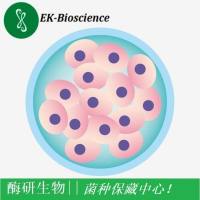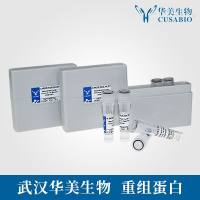Processing Plant Tissues for Ultrastructural Study
互联网
646
This chapter describes conventional chemical fixation methods and techniques for studying the cellular and organelle ultrastructure of plant tissues under transmission electron microscopy. The general methods and procedures for the plant specimen preparation (including fixation, dehydration, infiltration, and embedding) and the composition of fixatives, buffers, dehydration solvent, and embedding media are similar to those for animal tissues. However, certain special characteristic features of plant tissues, such as a thick cellulosic cell wall, waxy substance in the cuticle, large amount of gases in the intercellular spaces, the presence of vacuoles, have created fixation and resin filtration difficulties and, therefore, special modifications of the protocols used for animal tissues are required. The addition of chemicals such as caffeine in fixative can stabilize the phenol in the vacuole; however, the rupture of vacuole caused by the fixative still cannot be controlled, particularly for plants with highly vacuolated cells. The application of vacuum infiltration during the initial fixation stage to remove gases from the tissues is described. Additional vacuum infiltration during resin infiltration procedure to improve the efficiency of resin penetration is implemented.








